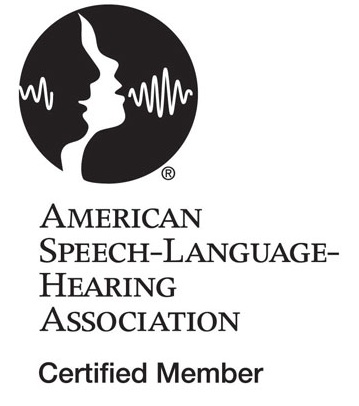Caseload and Workload article review

I found what I think is a fairly new article on ASHA focusing on Caseload and Workload. The article makes a fair attempt at explaining workload vs. caseload. There are a few points I would disagree with in the article but for the most part it does a good job of explaining that some students just require more man hours than others based on their disability.
This is an article obviously written for school administrators, yet I doubt many administrators have even taken a look. The article is a little muddy in the middle on how to determine a workload analysis. But at least it brings up the topic. I don’t feel a workload analysis has to be that complicated. However, I guess even administrators have to show their data.
Caseload and Workload also presents several alternative therapy models. Again the explanation of the models is a little unclear even with examples. I think alternative scheduling approaches are good to consider as long as direct therapy is not compromised. As we all know larger groups and in class services does not often provide language disabled students with what they need to become more efficient. It is also important to note that alternative scheduling approaches may work in one community and not another, totally dependent on need, school schedule, parental influence and flexibility of administration.
On page two the article talks about how a higher caseload impacts intervention. This is not something we’re really able to advocate for in schools. I am glad ASHA is opening the door on that.
This article didn’t hit all the topics and factors that impact workload but ASHA is getting closer to the real problems. Workload and Caseload is probably written for SLPs to either implement on their own or to share with administrators. It is a good start and many of the ideas go along with what I’ve covered in my book The School Speech Language Pathologist, An Administrator’s Guide to understanding the role of the SLP in schools along with strategies to aid staffing, workload management and student success. Since part of the source for the article was the ASHA 2014 Schools Survey, I imagine that many SLP’s find workload a significant issue since most schools focus almost solely on caseload numbers/hours of direct service.
Is your school doing anything unique to manage workload?
Side note: The article states “the SLPs first responsibility is to provide educational services on his or her caseload”…It goes along with ASHA position on CCSS. I’m going to disagree with that till the day I die. I am a therapist not a teacher. For at least 20 of my 30 years as an SLP my job was to teach underlying language skills so students could access the curriculum and use language efficiently. All of a sudden the rules changed and we have to create goals based on curriculum standards not language development. Which means therapists in private practice are servicing students differently than we are. Not to mention our testing is not usually grade leveled nor are our materials. That’s my rant for the day








Good post…I agree, the Caseload vs Workload article is a great start.
I didn’t read the “SLPs first responsibility is to provide educational services on his or her caseload” as saying we have to become teachers and teach. I completely agree with you, we are not teachers and we should attempt to be teachers.
By teaching those underlying language goals that cause our students to not make the goals we are working toward the standards. So, for me, if a student needs to work on understanding figurative language, multiple meaning words, antonyms/synonyms – those are the things we’re going to work on. There are CCSSs where those fit. Am I teaching the standard – absolutely not…BUT I am getting the student the language goals they need to potentially meet that standard. I don’t have to show whether the STANDARD has been met. I have to show whether the GOAL has been met. Thankfully, I don’t have to do anything different than what I’ve always done.
I really wish more SLPs were able to work for people like my boss. We’d have a lot more happy SLPs in the school districts.